The world is filled with different cultures and heritages, and festivals are windows into the soul of a culture, pulsating with vibrant traditions, music, and parties. From ancient rituals to modern extravaganzas, they bring people together in a kaleidoscope of sights, sounds, and shared experiences. But which festivals emerge as the biggest celebrations in the world? Here is a complete list of the Top 10 Biggest Festivals in the World:
| Festival | Location |
| Carnival | Rio de Janeiro, Brazil |
| Oktoberfest | Munich, Germany |
| Diwali | India |
| Mardi Gras | New Orleans, USA |
| La Tomatina | Buñol, Spain |
| Holi | India |
| Chinese New Year | China |
| Songkran | Thailand |
| Cherry Blossom Festival | Japan |
| Glastonbury Festival | Somerset, UK |
READ| List of Top 10 Biggest Malls in India
1. Carnival, Rio de Janeiro, Brazil
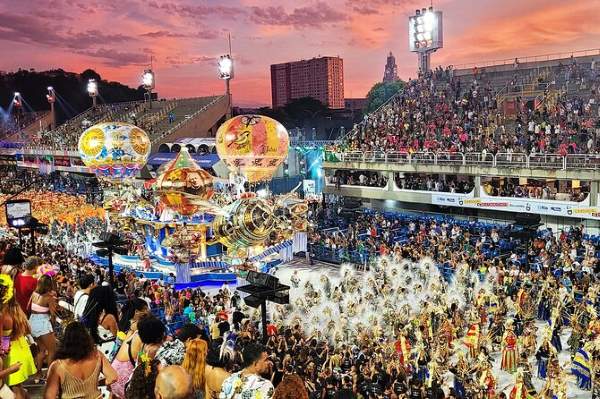
Source: Viator
An extragavant display of feathers, samba, and uncontrollable joy, Rio's Carnival is the undisputed champion of festival-mania. Thousands of vibrant costumes, pulsating samba rhythms, and electrifying parades transform the city into a dancing, singing vortex for five days. Immerse yourself in the electrifying atmosphere, lose yourself in the samba beat, and be swept away by the sheer infectious joy of it all.
This festival was brought to Brazil by Portuguese colonisers and was known as ‘Entrudo’. The Rio Carnival Organisation mentioned: “According to Carnival history, the first records of the Rio Carnival ball was held prior to the 19th century, or the year 1840 to be exact, as participants performed the waltz and polka. Interestingly enough, the samba—the most popular dance performed today—wasn’t introduced until 1917.”
2. Oktoberfest, Munich, Germany
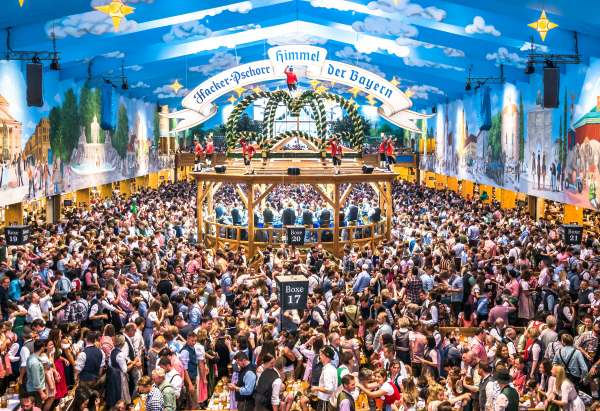
Source: Lonely Planet
Raise a stein of frothy Bavarian brew and join the world's biggest bash! Munich's Oktoberfest is a celebration of all things German – lederhosen, oompah music, and pretzels that can be the size of your head. From bustling party halls to vibrant parades, this 16-day extravaganza is a non-stop party fueled by good cheer and gallons of delicious beer.
Munich's iconic Oktoberfest traces its roots back to 1810, when a royal wedding—future King Ludwig and Princess Therese—inspired a citywide celebration of feasts and horse races. This joyful occasion blossomed into the world-renowned festival we know today.
3. Diwali, India
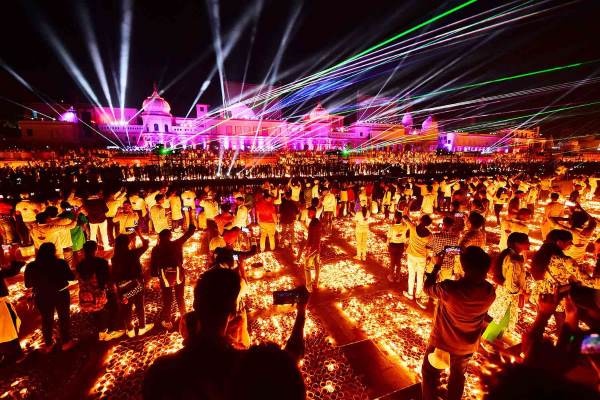
Source: People
Dazzling amidst India's vibrant tapestry of festivals, Diwali, the festival of lights, claims the third spot for its sheer scale and significance. This festival transcends religious boundaries, uniting everyone in a joyous celebration of good conquering evil.
The National Geographic describes the origins of this festival as “In northern India, Diwali commemorates Prince Rama's triumphant return to the city of Ayodhya after 14 years of exile due to the plotting of his evil stepmother—and after a heroic rescue of his wife Sita.”
4. Mardi Gras, New Orleans, USA
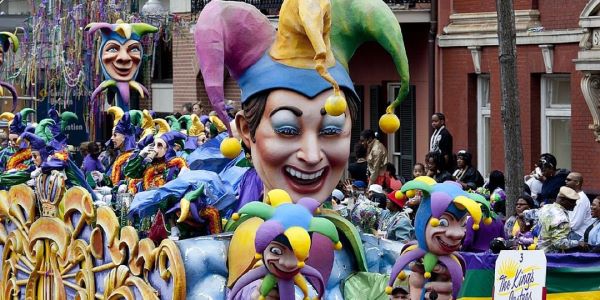
Source: Afar.com
Let the good times roll in New Orleans' legendary Mardi Gras! Expect flamboyant costumes, dazzling parades, pulsating jazz music, and a contagious joie de vivre that spills out onto the streets. Catch beads thrown from ornate floats, groove to brass bands, and indulge in the city's signature beignets as you join the exuberant celebration of life and good fortune.
Mardi Gras started in the shadows of mediaeval Europe. The whispers of its festive spirit echoed through bustling markets and masked balls, evolving over time as it sashayed through the 17th and 18th centuries in the opulent cities of Rome and Venice. Finally, it found its flamboyant calling in the glittering halls of the French House of Bourbons.
5. La Tomatina, Buñol, Spain
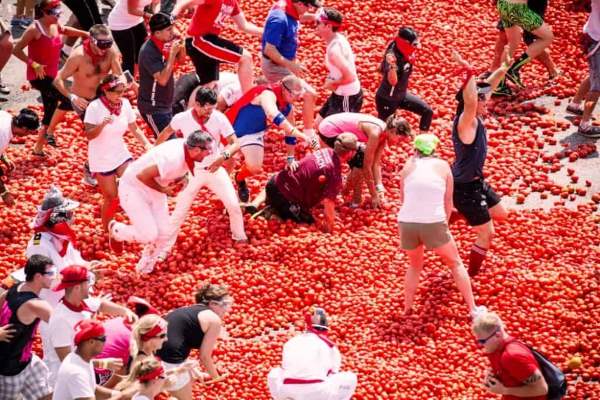
Source: Europe Famous Hostels
Brace yourself for a splattering good time! This quirky Spanish festival in Buñol is a tomato-fueled food fight of epic proportions. Thousands of people pelt each other with over 100 tonnes of ripe tomatoes, transforming the town into a vibrant, squishy, and surprisingly clean battleground. This festival covers you in shades of red and laughter!
According to the Tomatina Organisation, La Tomatina’s story dates back to 1945, when during a parade of Giants and Bigheads in Buñol, Spain, some rowdy youths decided to spice things up. A seemingly insignificant dispute near a vegetable stall escalated into a full-blown tomato toss, until the police intervened.
But this wasn't a one-time tomato fight. Intrigued by the sheer fun of it, the following year saw a repeat performance. The locals loved it, and the demand for tomato-fueled mayhem grew steadily. Recognising the festival's potential, the Buñol City Council took over the reins in 1980, officially transforming the playground scuffle into a global phenomenon.
6. Holi, India
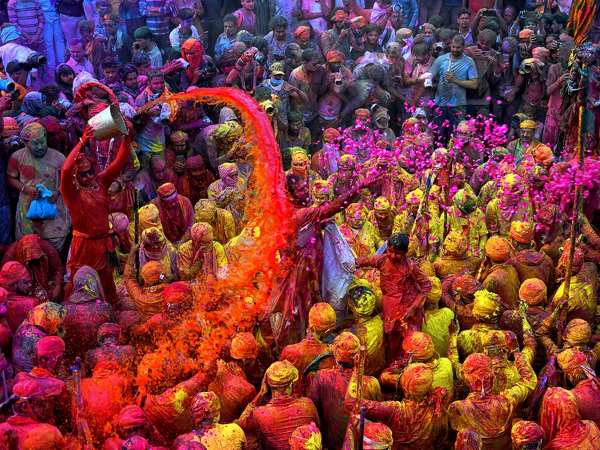
Source: Britannica
Embrace the colourful chaos of Holi, which is the springtime festival of colours in India. Streets explode in a vibrant symphony of powdered dyes as joyous crowds drench each other in celebration of good over evil. It's a joyous mess of laughter, music, and vibrant hues, leaving every participant with a kaleidoscope of memories and faces covered with colours
According to Britannica “Holi’s traditions vary throughout the country and have their roots in Indian mythology. In many places the festival is associated with the legend of Hiranyakashipu, a demon king in ancient India.”
7. Chinese New Year, China
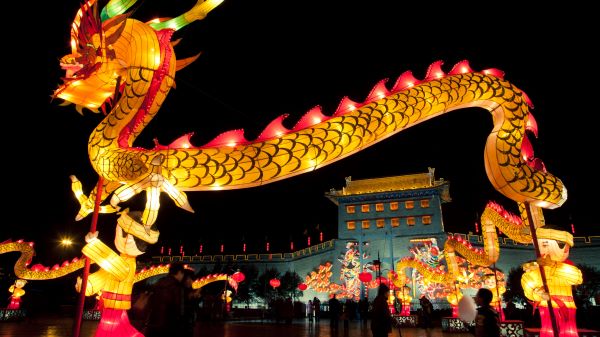
Source: History.com
Chinese New Year is one of the world's biggest festivals. People can witness dazzling dragon dances and firecracker displays, traditional family feasts, and lion dances. This two-week celebration pulsates with ancient traditions and cultural richness. This festival is a chance to embrace the auspicious red envelopes, savour dim sum delights, and soak in the vibrant energy of a culture in full swing.
According to the Timothy S.Y. Lam Museum of Anthropology, this festival boasts a history stretching back around 3,500 years. Though its exact birthdate remains shrouded in the mists of time, whispers of its origins can be found in the rituals and myths passed down through generations.
Some scholars also trace its roots back to the Shang Dynasty (1600-1046 BC), a period marked by reverence for gods and ancestors. Back then, it's believed that annual ceremonies celebrated new beginnings, with offerings and rituals honouring the divine and familial spirits. These customs might have laid the groundwork for the elaborate traditions that flourish today.
8. Songkran, Thailand

Source: Aleenta
Prepare to get soaked! Songkran, the Thai New Year, is a water war unlike any other. Armed with water guns and buckets, revellers transform Thailand's streets into a playful battleground. The water symbolises washing away bad luck and ushering in a fresh start, making it a refreshing and joyous way to welcome the new year.
9. Cherry Blossom Festival, Japan
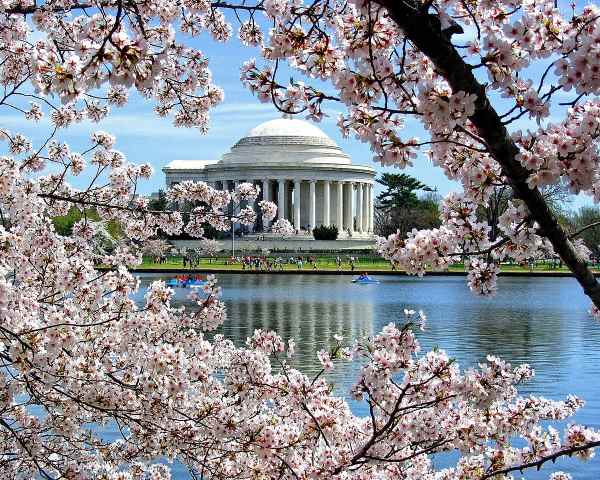
Source: Wikipedia
Witness the ethereal beauty of Japan's iconic cherry blossoms in full bloom during the Cherry Blossom Festival. Parks and gardens burst into a sea of delicate pink and white, attracting locals and tourists alike to bask in the fleeting, yet breathtaking, spectacle. Pack a picnic basket, find a shady spot under the blossoms, and lose yourself in the serene magic of nature's springtime artistry.
Hanami, the Japanese tradition of cherry blossom viewing, dates back centuries, but the festival we know today took root in 1912. Mayor Yukio Ozaki of Tokyo gifted 3,000 cherry blossom trees to Washington D.C. as a symbol of friendship, and the subsequent blossoming in 1915 sparked a nationwide fascination.
10. Glastonbury Festival, Somerset, UK
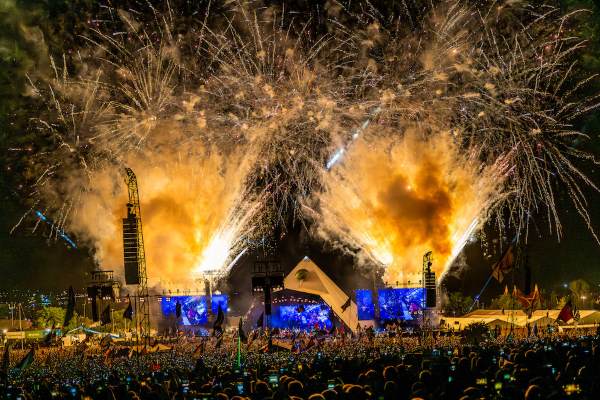
Source: Glastonbury Festival
Embrace the eclectic music scene and bohemian spirit of the Glastonbury Festival in England. From rock legends to emerging acts, over 100 stages host a diverse range of music, while performers, artists, and the festival enjoyers create a vibrant, anything-goes atmosphere. It's a sensory overload of music, laughter, and shared experiences, leaving you energised and perhaps a little bewildered.
According to Victoria and Albert Museum “The first festival at Worthy Farm was called the Pilton Pop, Folk and Blues Festival and took place in late Summer 1970, opening the day after Jimi Hendrix died. It was attended by 1,500 people. Admission was £1, which included free camping and free milk.”
READ| List of Top 10 World’s Most Powerful Women Ranked 2023
Comments
All Comments (0)
Join the conversation